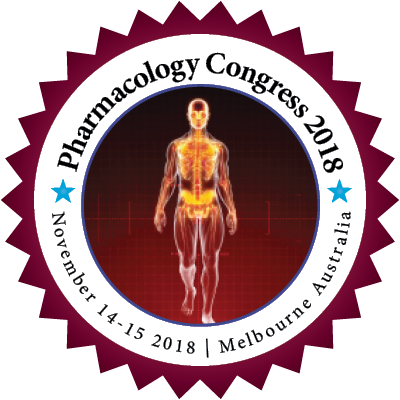
Natasa Petronijevic
University of Belgrade, Serbia
Title: Effects of Haloperidol and Clozapine on the hypothalamus–pituitary–adrenal axis, proinflammatory cytokines and bones in phencyclidine animal model of schizophrenia
Biography
Biography: Natasa Petronijevic
Abstract
Decreased bone mineral density, inflammation and dysregulation of hypothalamic–pituitary–adrenal (HPA) axis are described in schizophrenia (SCH). Long-term treatment with antipsychotics is often required for disease control. Perinatal phencyclidine (PCP) administration to rodents represents an animal model of SCH. The aim of this study was to assess the effects of chronic haloperidol and clozapine treatment on bone mass, concentrations of IL-6, TNF-α and corticosterone in serum and the expression of the glucocorticoid receptor (GR), phosphorilated GR (pGR), chaperone and co-chaperone proteins (HSP70, HSP90, FKBP51) and glucocorticoid metabolising enzyme (11β-HSD1) in the brain of adult rats perinatally treated with PCP. Male Wistar rats were subcutaneously treated on 2nd, 6th, 9th and 12th postnatal day (PN), with either PCP or saline. Antipsychotics were apllied from PN35. Dual X-ray absorptiometry measurements were performed on PN98. Animals were sacrificed on PN100. Concentrations of corticosterone, TNF-α and IL-6 were measured in the serum using ELISA kits. Expressions of proteins were assessed by Western blot. Perinatal PCP administration caused a significant decrease in bone mass and deterioration in bone quality. It didn’t have influence on the interleukine and corticosterone consentrations but changed the expression of GR related proteins indicating increased sensitivity of GR signaling system. Haloperidol had deleterious, while clozapine had protective effect on bones. Both haloperidol and closapine caused decrease of the sensitivity of GR signaling system but clozapine caused significant increase of corticosterone and TNF-α concentrations. Taken together our results indicate that haloperidol affects bones while clozapine alters HPA axes and inflammatory markers.

